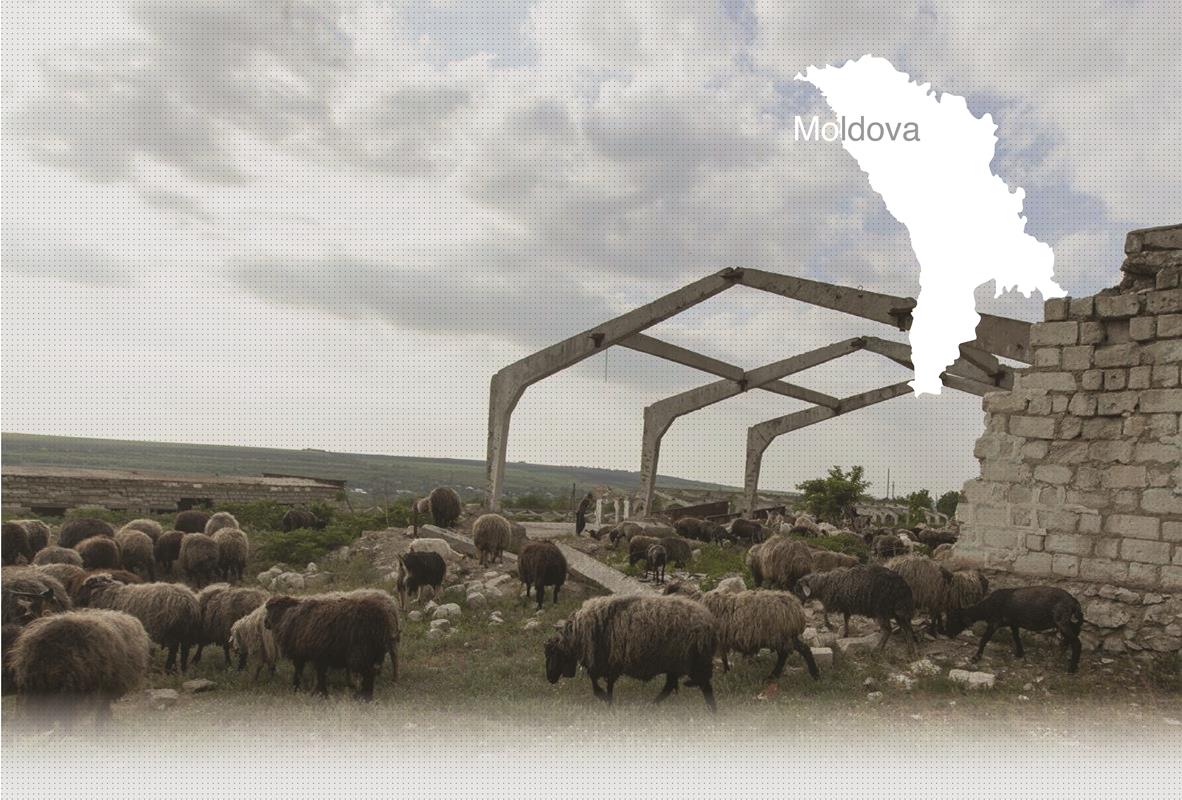

2 Sitio(s) de ejecución
Yevgeniy K., born in 1928: “There were several Jewish families living in Zăicani before the war. They were mainly shopkeepers. Some of them would go to Romania to buy merchandise which they would sell in their shops. When the war broke out, Romanian gendarmes arrived in Zăicani and established a gendarmerie post. Some of the Jews managed to leave Zăicani and reach Palestine. The next thing the gendarmes did was to assemble all the Jews remaining in the village. Two by two, they would go to Jewish houses and take the Jews outside. The Jews left their homes without taking any belongings with them. Once they were gathered, they were brought straight to the execution site located outside of Zăicani where they were all shot. I remember a Jewish man called Leib. He and his wife were both killed in this execution. Only their son managed to survive. He came back to Zăicani after the war to sell their property.” (Eyewitness N°97, interviewed in Zăicani, on May 17, 2013)
“We, the undersigned, commission of inquiry of the village of Zăicani, district of Brătușeni, […] examined, during the period from 8 to 10 January 1945, the minutes of the depositions of witnesses and established the following. On July 5, 1945 (probably 1941, editor's note), a German-Romanian armored column entered the village of Zăicani. On the orders of the post chiefs, the adjutants Rakov and Salavestra [Name illegible, editor's note], the entire Jewish population of the village, 40 people, was gathered and taken to the open fields north of the village, there shot and buried in pits dug in advance. Men, women, and children were shot.
The commission considers that the culprits of the mass execution of the civilian population are the Romanian adjutants, ex-post chiefs of Zăicani, Rakov and Salavestra [Name illegible, editor's note]". [Act n°34 drawn up by Soviet Extraordinary Commission (ChGK) on January 10, 1945; RG 22.002M: GARF 7021-96-82]
Zăicani is a village in Rîșcani district in the north of Moldova. Before the outbreak of the WWII, the village was inhabited by Moldovans, Russian and Jews. The Jews of Zăicani were mainly shopkeepers and traders. Jews owned several shops in the village which were very willingly visited by non-Jewish inhabitants because of the variety of products imported from Romania. There was a mill that had a Jewish owner. Some of the Jewish traders would buy the crops from local peasants which they would sell in bigger towns.
When the German-Romanian troops arrived in Zăicani, they started right away to persecute the Jews. They assembled all the local Jews and brought them in column outside the village where a mass grave had been dug earlier by premilitaries requisitioned in Zăicani. The Jews were put in a row at the edge of the pit and they were shot. Soviet archives mention only one shooting of forty Jews in Zăicani perpetrated by German and Romanian soldiers on the 5th of July 1941. However, YIU’s witnesses confirm that several shootings of Jews were carried on in the village during the Romanian occupation. Mikhail B., born in 1932, witnessed a shooting of about thirty Jews outside of the village but he also remembered “hearing gunshots later the other days”. Ion C., born in 1928, was an eyewitness to a shooting of about a hundred Jews. On the same day, he witnessed another execution, of seven elderly Romanian Jewish refugees found in Zăicani and shot on a local field. The pits for the shootings mentioned by Ion C. were dug by the requisitioned premilitaries as well. During the research trip, YIU’s team managed not only to learn about several shootings of Jews which are not mentioned by the Soviet archives but to reach the conclusion that the number of Jewish victims mentioned in the Soviet archives is heavily underestimated. YIU’s team located two mass graves of Jewish victims from Zăicani killed during the Shoah. There is a memorial commemorating the victims from Zăicani but it is located several kilometers from the mass graves which remain unmarked.
¿Tiene información adicional con respecto a un pueblo que le gustaría compartir con Yahad?
Por favor contáctenos a contact@yahadinunum.org
o llamando a Yahad – In Unum at +33 (0) 1 53 20 13 17